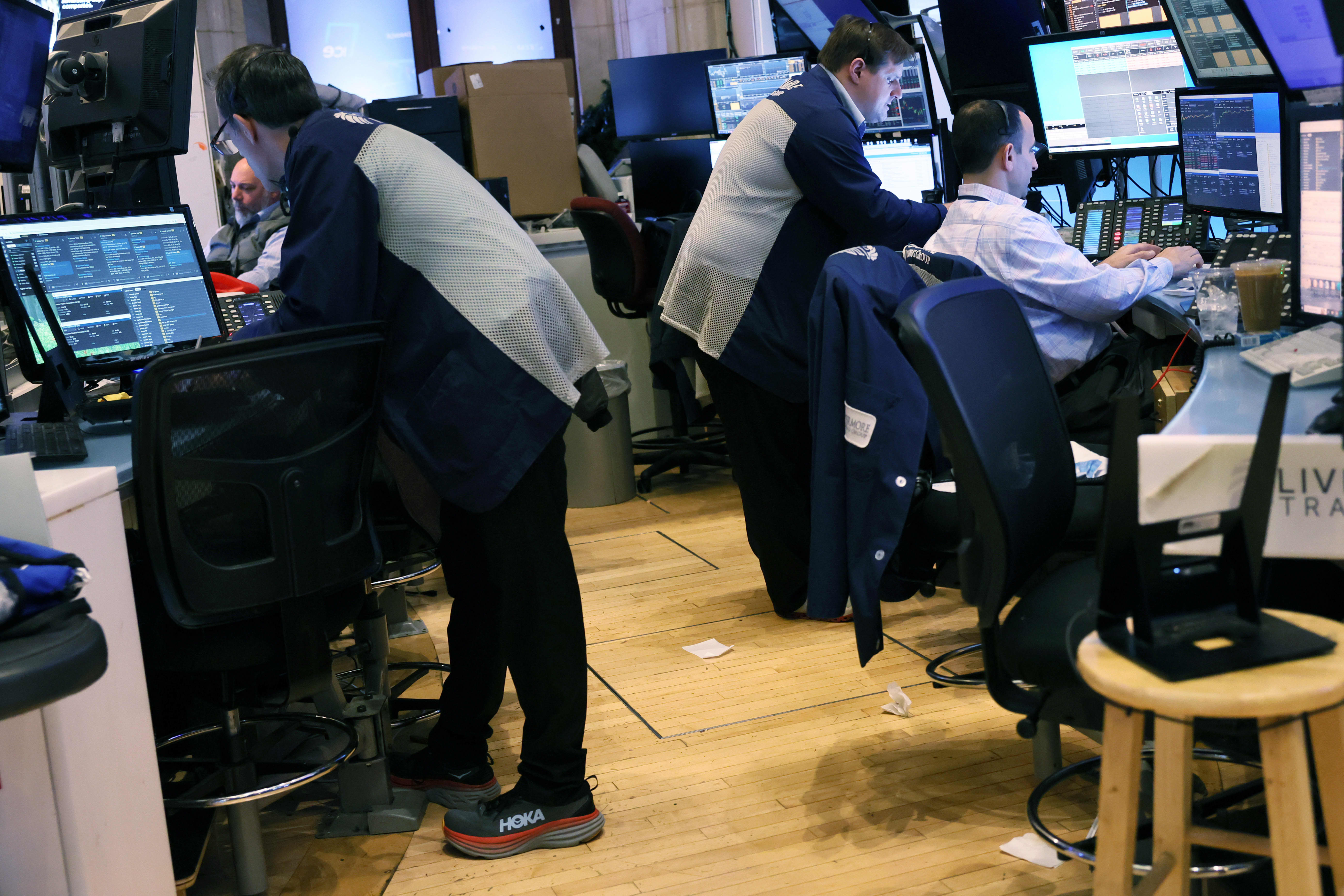Products You May Like
As interest rates go up, 2023 is shaping up to be a good time for savers who stand to earn more money on their cash.
The Federal Reserve last week added a 0.25 percentage point rate increase in the latest in a string of rate hikes to combat record high inflation.
related investing news




As the unemployment rate hit a 53-year low in the latest jobs report, the interest rate increases are expected to keep coming. The next increase may come in March, according to Greg McBride, chief financial analyst at Bankrate.com.
“The benefit to savers isn’t just the fact that rates are rising,” McBride said. “Your biggest win in 2023 is going to come from inflation coming down.”
As high prices subside, the after-inflation return on cash is poised to get a lot better this year than it has been for savers in the past couple of years, he said.
When it comes to deciding where to put their money, savers have several options.
Online savings rates reach 15-year high
Primis Bank’s online savings account last week became the first to top 5% in recent years, with a 5.03% annual percentage yield.
“It’s been exactly 15 years since we’ve seen 5% on a savings account,” dating back to February 2008, McBride said.
As interest rates rise, more savings accounts will reach — and surpass — that 5% mark in the next couple of months, McBride predicts.
“Every day we see the bar being raised and more banks increasing their pay outs,” McBride said.
If you already have an online savings account, it pays to be vigilant and check the annual percentage yield, or APY, you are currently receiving.
Online savings accounts tend to pay the highest rates, with rates like 4% or 4.5% becoming more common. However, the national average at brick-and-mortar accounts is 0.33%. Legacy online savings or money market accounts may be locked into lower rates even as the same institution raises rates on newer accounts.
The solution may be to just move your money into a newer account, McBride said.
Because online savings accounts tend to offer more flexibility to access your cash, they are a great place to put money you may need for emergencies.
‘Now is the time’ to lock in longer-term CDs
Interest rates on multi-year certificates of deposit have climbed as high as around 4.5%, but likely won’t go up much further, according to McBride.
“If you’ve been biding your time waiting to lock in one of the longer-term CDs — three-year, four-year, five-year CD — now is the time to make that move,” McBride said.
Because some experts expecting interest rates to decline in 2024, there is an advantage now with longer-term CDs, noted Ken Tumin, senior industry analyst at LendingTree and founder of DepositAccounts.com.
“If rates do fall, now is the time to lock them in,” Tumin said.
One-year and two-year CDs are offering interest rates in the upper 4% range — from 4.6% to 4.85% — and will likely hit 5%, according to McBride.
More from Personal Finance:
How to figure out the best time to file your tax return
Here’s where rent prices have dropped the most
Generation X carries the most credit card debt
Capital One recently became the first major online bank to offer 5% on an 11-month CD, Tumin noted.
Six-month CDs are offering rates comparable to liquid savings accounts, McBride said. However, with CDs, the rate of return is guaranteed, unlike savings accounts.
“A lot of retirees rely on CDs for interest income, and you’re finding the best yields that you’ve seen in 15 years,” McBride said.
CDs are also ideal if you have a specific future cash need, like a wedding that is a year away or tuition payments due at the same time each year, and the offers match your timetable, McBride said.
Of note, CDs require you to lock up your cash for a specified time period, and you will likely face penalties if you withdraw the money sooner.
Series I bonds have ‘become a better deal’
Series I bonds are accrual type savings bonds tied to inflation that are issued by the government.
The current interest rate for Series I bonds is 6.89% through April 30 on new purchases, which is notably lower than the 9.62% rate offered last year.
Despite that higher rate, the fixed portion of the return last year was zero, McBride noted. Now, however, the fixed portion is currently 0.4%, and stays the same after buying. (The variable portion of the rate changes every six months based on inflation.)
“I bonds have actually become a better deal even though the headline rate has come down because you’ve got the ability to grow your buying power,” McBride said.
I bonds do come with restrictions that make them less flexible than other options for your cash.
For starters, there’s generally a limit of $10,000 per person per year on I bond purchases. (You can buy an additional $5,000 in paper I bonds with your tax refund.)
You have to keep the money in the I bond for at least a year. If you cash in the I bond in the first five years, you will lose three months’ interest, McBride said.
Consequently, I bonds may not be the best place for your emergency savings. However, they can be a form of tax-deferred savings you hold onto for years or a supplement to your broader portfolio, McBride said.
Money markets, Treasuries also worth noting
Money market funds, which are paying near 4%, are also a “great place to park your money” in your brokerage account, McBride noted.
Vanguard’s federal money market fund is currently offering a 4.4% rate, Tumin noted.
While money market funds tend to be very liquid, they do not offer the same FDIC (Federal Deposit Insurance Corporation) protection as savings accounts, Tumin noted.
Additionally, Treasuries are paying yields that haven’t been seen in many years, with short-term treasuries yielding around 4.5%, McBride said. That may be an attractive option if you’re looking to add to your fixed-income exposure, he noted.
Because Treasuries are generally exempt from state and local tax, they may add to the after-tax performance on your money, Tumin noted. However, these investments typically are not as liquid as savings accounts.
